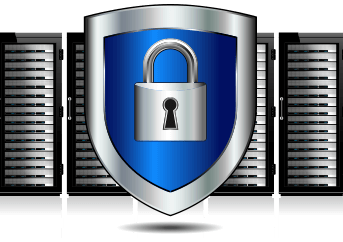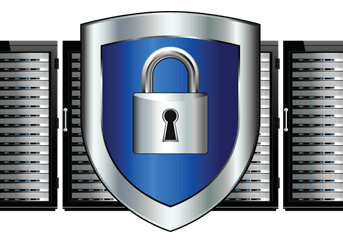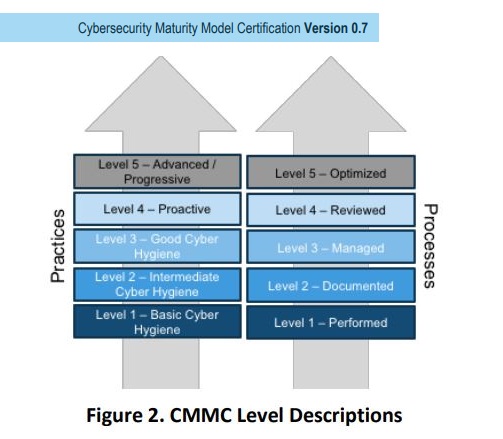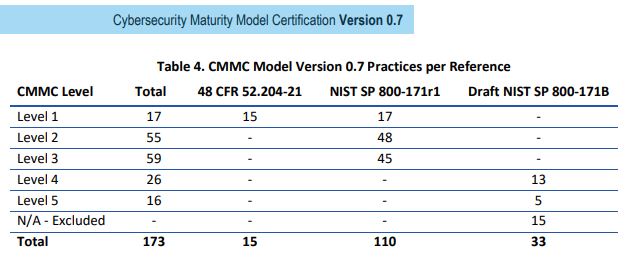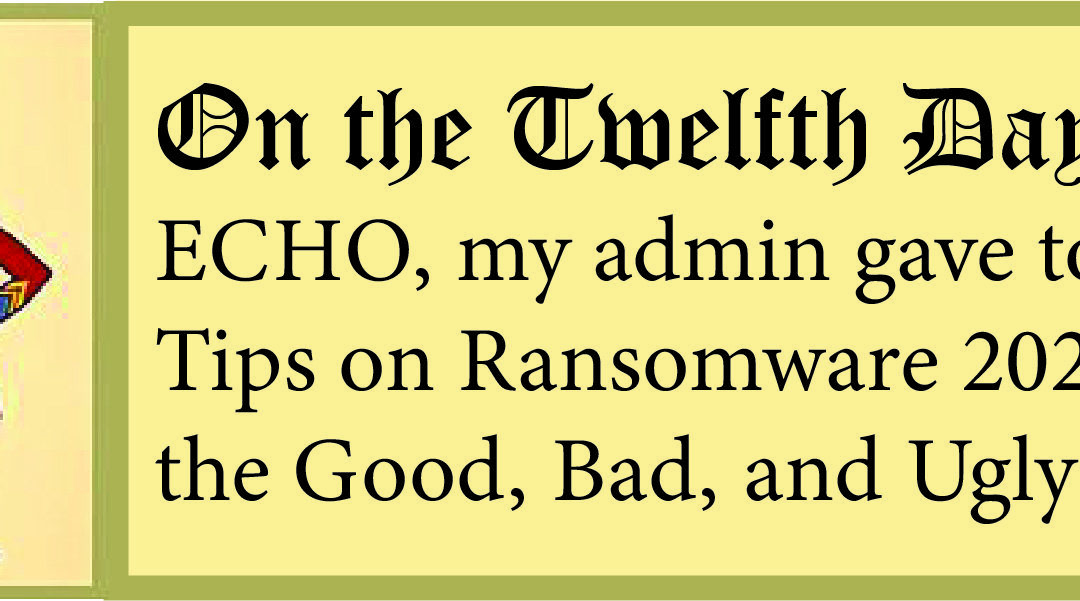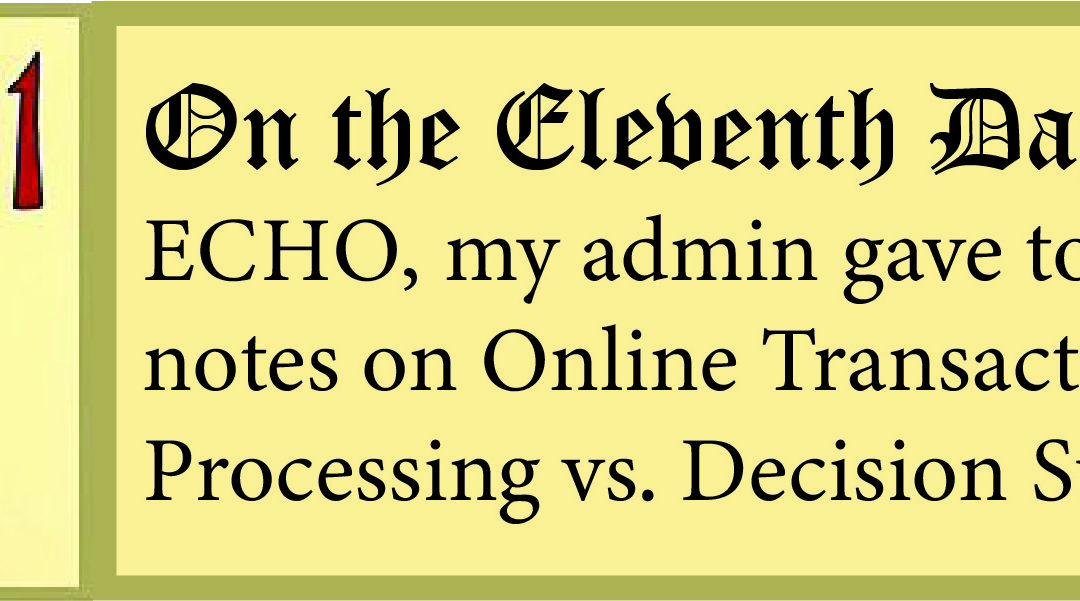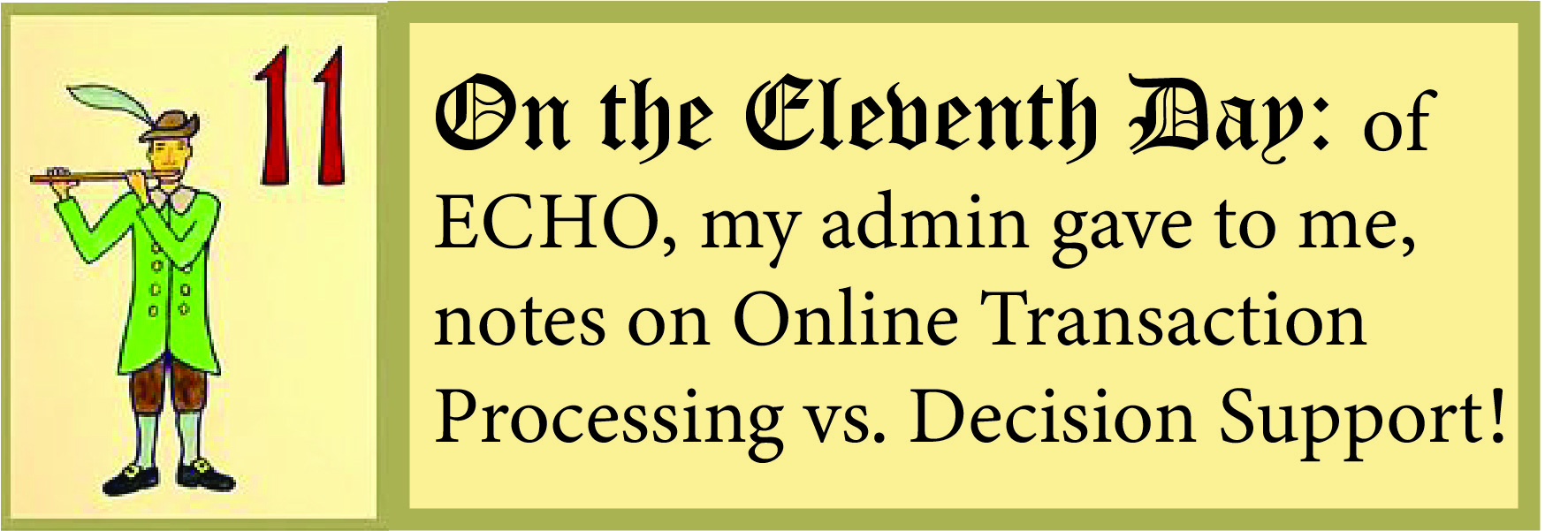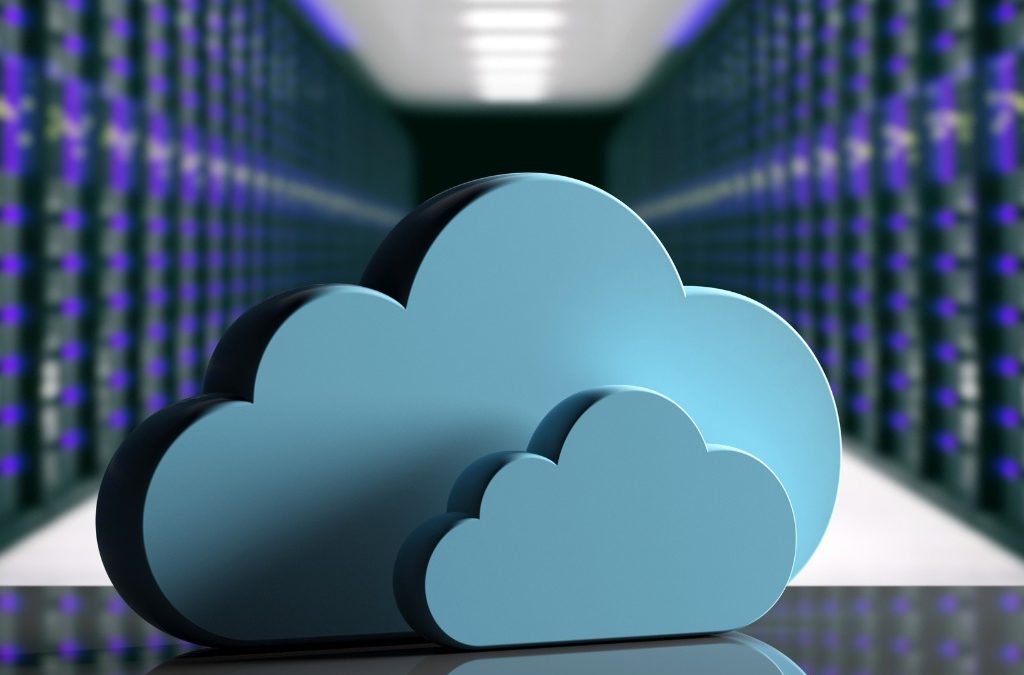
What Are My ERP Private Cloud Options
Not All Clouds are Created Equal: Reviewing Your ERP Private Cloud Options
It’s no secret that cloud computing has been increasingly finding its way into businesses by providing reliable solutions to increasingly challenging problems. But for ERP customers with complex environment maps, an unmitigated move to the cloud might feel risky. For this reason, some customers look for middle options between full cloud deployments and on-premise installations. Private cloud hosting is one such midpoint, and it’s not uncommon for customers to approach the opportunities of cloud computing in search of a private solution. But will this option leverage the obvious benefits of the cloud, while effectively providing the necessary support for your complex ERP ecosystem?
Your ERP installation is rarely an isolated entity—it is part of an integrated ecosystem of applications and processes, with various third parties, bolt-ons, and in-house applications interacting with the core ERP system. As such, an ERP system is not always easily extracted from its ecosystem, as such an extraction is something akin to major surgery. If you’re looking at handling this complexity with private cloud ERP deployment options, there are basically two management directions you can take. You can build a private cloud using AWS, Azure, or Google, or you can work with an already established team of experts in private cloud hosting. Let’s explore these options in greater detail.
Private Cloud in AWS/Azure/Google
The big players in cloud computing entered the application hosting game a while ago – Amazon, Azure, and now Google. The option here would be to build out your virtual machine architecture within one of these clouds, and install your applications within this architecture, while working in turn to integrate your company-specific application ecosystem with the new ERP infrastructure.
While this eliminates the hardware investment of an on-premise install, you are still responsible for all the administration activities, at the server, application, and database levels. And if your Epicor Admin should win the lottery, you are left scrambling for options. If you lack the internal resources and need to bring in assistance in the administration of the application, you are now adding another party to work within this ecosystem. Moreover, to your monolithic cloud provider, you are still just a number, and the service levels you can expect to receive will indicate as much. Will the hosting company be responsive and listen to your apps and your business needs? Is there a human voice to reach out to when issues occur?
Private Cloud Through the Estes Group’s ECHO Managed Hosting
EstesGroup’s EstesCloud Hosting, or ECHO for short, is our hosting platform. For one monthly price, we include all the functionality and support you need to keep your hosted applications running properly for your business. While providing the access level that companies look for in private cloud solutions, we also provide the support and expertise that a big box store cloud partner can’t provide. One phone call puts you in touch with our support team. Well-versed in Microsoft’s full stack, we cover your servers with 24x7x365 EstesCloud Monitoring. We cover the backups and disaster recovery, and we protect your users with EstesCloud identity management under the security of EstesCloud-managed Firewalls.
We have experience in moving many customers to a private cloud environment, while working with them to integrate their hosted ERP platform with their family of related applications. With this experience comes the knowledge in working with protocols, networks, VPNs, and database connections, and we leverage this knowledge when engaging a customer.
In summary, some of the benefits of the EstesGroup’s ECHO Private Cloud Hosting solution include:
- Known monthly expense, with no large capital expenses
- Growth with your business supported by continual and customized service
- Proven backup and disaster recovery playbooks
- Easy, secure access from anywhere you wish
- No Server Maintenance
- No need to upgrade or repair hardware
When it comes to deploying your ERP architecture, there are clearly a number of different options, and the implications of the decisions made will have a lasting effect on your company’s future. Are you considering spinning up your own private cloud to host your ERP application? Drop us a line first, and let us help you explore your options.
Interested in learning more about Managed Hosting for Epicor ERP or Prophet 21 ERP?
Visit our Managed Epicor ERP Hosting page
Visit our Managed Prophet 21 ERP Hosting page
